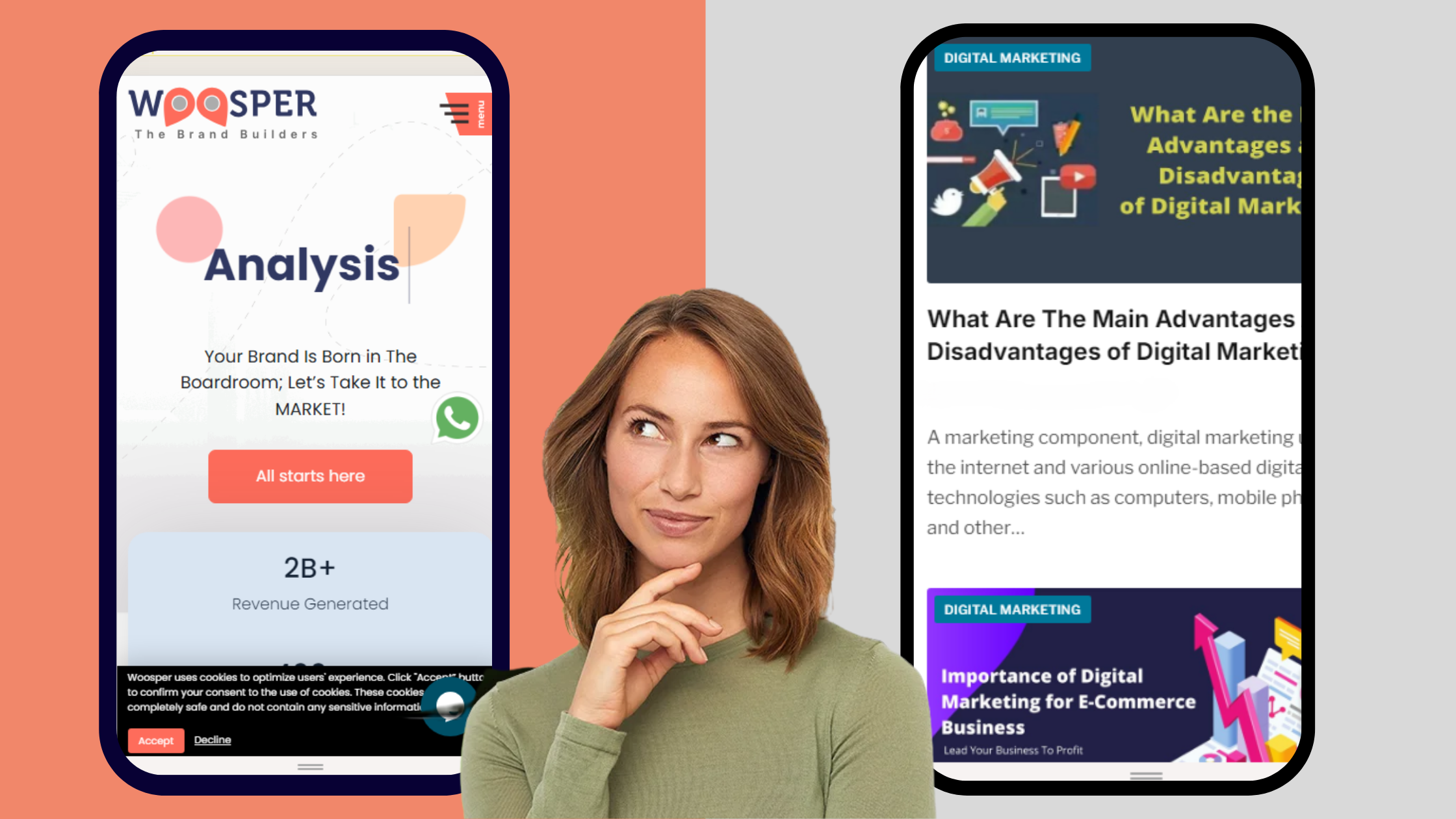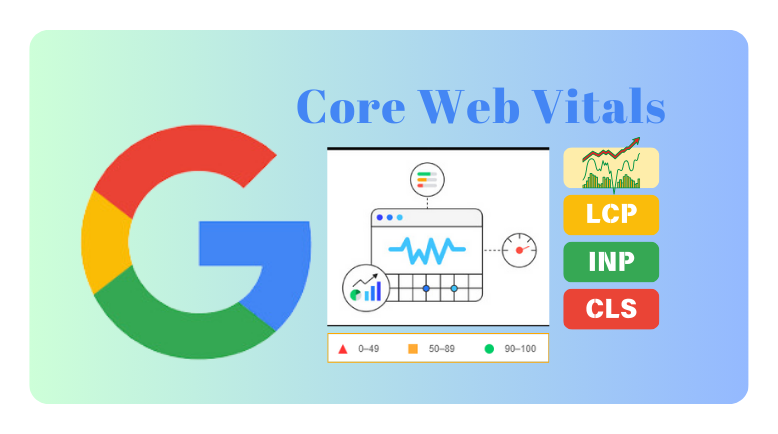Video marketing has become a powerful tool for engaging and converting users. It can grow user engagement and retarget organic traffic when used with social media marketing. This blog will explore how to effectively integrate video into your retargeting organic traffic strategy to drive better results and maximize ROI.
What is Retargeting?
Retargeting is all about getting in touch with people who visited your website but did not complete the next step, such as buying something or registering. Consider it as a friendly reminder to complete the task they began.
On platforms like Instagram, or Facebook, you can display customized advertisements or content to these visitors by utilizing methods like cookies or tracking pixels. For instance, retargeting might remind someone of a product they saw on your website but didn’t purchase, or even offering a discount can entice them to come back. Thus, using social media marketing strategies can be helpful in using videos to retarget organic visitors.

Using retargeting in conjunction with PPC advertising services can result in maximizing your website traffic. It creates trust, keeps your company in front of your audience, and converts missed possibilities into actual sales. It’s a straightforward yet efficient method to increase the worth of each visitor to your website.
Why Retargeting Organic Traffic Through Videos Matters?
When visitors come to your website through organic search but don’t take action, videos provide a powerful way to remind them of your brand value and bring them back.
- Grabs Attention Quickly:
Videos grab attention like no other medium. They’re dynamic, visually engaging, and can convey a message in seconds.
- Creates Emotional Connection:
Whether it’s a quick explainer, a customer testimonial, or a product demo, videos make it easier to connect with your audience on an emotional level.
- Addresses Hesitations Directly:
Retargeting with videos allows you to showcase product benefits, answer doubts, or provide incentives like discounts.
- Boosts Conversions:
Given that videos have higher engagement and click-through rates, it makes them ideal for converting undecided visitors.
- Enhances Brand Recall:
Dynamic and memorable content ensures your brand stays top-of-mind for potential customers.
- Leverages Popular Platforms:
Platforms like YouTube, Facebook, and Instagram amplify your retargeting strategies with video-friendly features.
- Maximizes Organic Traffic ROI:
Moreover, retargeting ensures you capitalize on missed opportunities, turning website visits into meaningful actions.
Strategies to Implement for Video Retargeting
Design Attention-Grabbing Thumbnails
Create bold, eye-catching thumbnails with clear, attractive designs to grab attention. A well-made thumbnail can significantly boost your click-through rate and increase engagement with your content.
Redirect Traffic from Social Media to Service Pages
Add service page links into your social media handles to keep visitors engaged and connected. Furthermore, using social media marketing strategy helps strengthen relationships and expand your brand’s reach.
Highlight New Offers
Make your video ads stand out by highlighting new offers in a clear and exciting way. Show off special deals, limited-time discounts, or exclusive promotions to grab attention and get viewers to take action.

Utilize Short-Form Video Ads
Take advantage of Instagram Reels and YouTube Shorts to engage your audience with quick, compelling content. Moreover, these formats are perfect for showcasing your brand, products, or services in a fun, relatable way. As a result, they drive more traffic and interact across platforms.
Moreover, the ad spending on short-form videos in the digital video advertising market is projected to reach US$111.00bn in 2025. This underscores the growing importance of leveraging the short-form videos in your retargeting approach.
Experiment with Different Ad Formats
Experimenting with different video ad formats, like skippable, non-skippable, bumper ads, and overlay ads, allows businesses to identify the most effective approach. It’s a great way to boost engagement and get better results from your campaigns.
Analyzing Video metrics
Analyzing video marketing metrics helps you evaluate how your content is performing, from views to engagement. Key stats like watch time and click-through rates help you modify future videos for better results.
Budget Management
Manage your retargeting through video ads spending wisely by allocating funds to the best-performing formats and platforms. Avoid overspending on ineffective options and regularly review your budget allocation based on campaign performance. Smart spending boosts the impact of your video promotion efforts.
Include Clear CTAs and Enhance Accessibility with Transcripts
Add clear CTAs in your videos to guide viewers and include transcripts to improve accessibility. Moreover, an SEO content marketing agency can create content that fits your needs and brand tone, which will enhance your visibility.
Use Influencer-Driven Retargeting Ad
Influencer-driven retargeting ads involve partnering with influencers to create authentic videos, then retargeting their engaged audience with personalized ads featuring the influencer’s endorsement. This boosts trust and increases conversions.
Types of Videos for Retargeting Organic Traffic
When retargeting organic traffic, video marketing is one of the most effective tools to re-engage visitors.
Here are the key types of videos you can use:
Explainer Videos
These videos simplify complex ideas or highlight your product’s benefits. They’re ideal for capturing the interest of users who may not have fully understood your offering during their initial visit.
Product Demonstrations
Showcase how your product works and how it can solve specific problems. As a result, product demos address potential hesitations and provide clarity, making it easier for undecided visitors to take action.
Testimonial Videos
Build trust with potential customers by sharing success stories from real users. Testimonials show the value of your product through relatable experiences, encouraging conversions.
Personalized Video Ads
Tailor your message to specific audience segments based on their behavior. For instance, a visitor who browsed a product category might see a video ad promoting that product with a personalized touch.
Promotional Videos
Entice visitors with exclusive offers, discounts, or free trials. With the help of these time-sensitive promotions can motivate users to return and complete their purchases.
How-To Videos
Provide step-by-step tutorials related to your products or services. As users find value in educational content, they’re more likely to trust your brand and re-engage for future needs.
Behind-the-Scenes Videos
Humanize your brand by offering a glimpse into your company culture, team, or product creation process. This not only builds emotional connections but also fosters long-term loyalty and engagement.
Re-engagement Videos
Specifically, remind users of abandoned carts, browsed items, or unfinished forms. Addition of these strategic nudges, you can effectively guide users back to complete their journey.
Overall, businesses can effectively retarget organic traffic by employing different kinds of videos and taking assistance from digital marketing services. As a result, this will grow engagement and convert missed opportunities into meaningful actions.
How to Create a Video?
STEP 1: Define Your Video Intent
Firstly, start by asking yourself, “What do I want this video to achieve?” Whether it’s sharing your story, showing how your product works, or teaching something new, knowing your goal will shape everything else.
Think about who will be watching—what do they care about, and what would grab their attention?
STEP 2: Choose Video Format
Secondly, pick the one that feels right for what you want to say and who you want to reach. Some common types include:
- Explainer videos
- Product demos
- Tutorials or how-to videos
- Customer testimonials
- Behind-the-scenes videos
- Event or brand announcement videos
As a matter of fact, each type serves a unique purpose, and an SEO content marketing agency can help ensure that it is customized for maximum reach.
STEP 3: Create Screenplay
Keep it brief and straightforward, much like a story’s route map. Put your main arguments in writing and consider how you will present them so that your audience will find them engaging. Working with digital marketing services can also assist you in crafting a captivating and keyword-rich video script.
STEP 4: Create Thumbnail & Storyboard
Even if you’re not an artist, sketching out the scenes of your video can help you see how things will flow. Develop a thumbnail that justifies what’s in video and is attractive enough for your audience to stop, click and engage.

STEP 5: Gather Equipment
Depending on the type of video you’re creating, you’ll need equipment. For basic videos, you can use a smartphone or webcam, but for higher-quality production, you may need:
- A DSLR or mirrorless camera
- A tripod or stabilizer
- A microphone for better sound quality
- Lighting (softbox or ring lights)
STEP 6: Shoot the Video
Here’s where the magic happens! Find a quiet, well-lit space, set up your gear, and start filming. Don’t be afraid to do multiple takes— since it’s all about getting it just right. Take your time and certainly don’t rush through it.
STEP 7: Edit the Video
Use video editing software to trim, arrange, and refine your footage. Some popular video editing tools include:
- Adobe Premiere Pro
- Final Cut Pro
- iMovie (for beginners)
- DaVinci Resolve (for free, advanced editing)
In other words, you can add transitions, text overlays, background music, and voiceovers as needed. Ensure the video flows smoothly and stays engaging throughout.
STEP 8: Add Captions and Subtitles
Including subtitles ensures that your video is comprehensible to all viewers. Having subtitles also makes it easier for those who watch videos without sound to follow along. It’s an easy step that has the potential to significantly impact how people interpret the information you provide.
STEP 9: Optimize for the Different Platforms
Every network, such as Facebook, Instagram, or YouTube, has its own algorithm. Verify that the video size and format you are uploading are appropriate for the platform you are using. No matter where your video is being watched, you want it to appear its best.
STEP 10: Publish and Promote
Now that the video is complete, share it on social media, link it in blog articles, and include it in newsletters. The more exposure, the better, so don’t hesitate to promote it everywhere. Whether you choose organic or paid social media depends on your target audience and marketing goals. Each offers unique advantages for reaching viewers.
STEP 11: Measure Performance
After the video goes live, monitor its performance. Platforms like YouTube or Facebook provide helpful data, such as the number of people watching, the length of time they’re staying, and whether they’re clicking through to your site. This information will help you improve your next video.
Creating a video can be simple or complex, depending on the type and scale. By following these steps, you’ll be able to produce a professional, engaging video that meets your objectives.
Conclusion
In short, incorporating video into your retargeting organic traffic strategy is a powerful way to re-engage and convert users. By optimizing your videos with accessible content, eye-catching thumbnails, and strategic promotion, you can enhance user experience and drive meaningful results. With the assistance of the best PPC advertising services, video marketing can significantly boost your efforts in reaching and retaining your audience.
Increase your conversions by video retargeting strategy—contact us for expert support!











